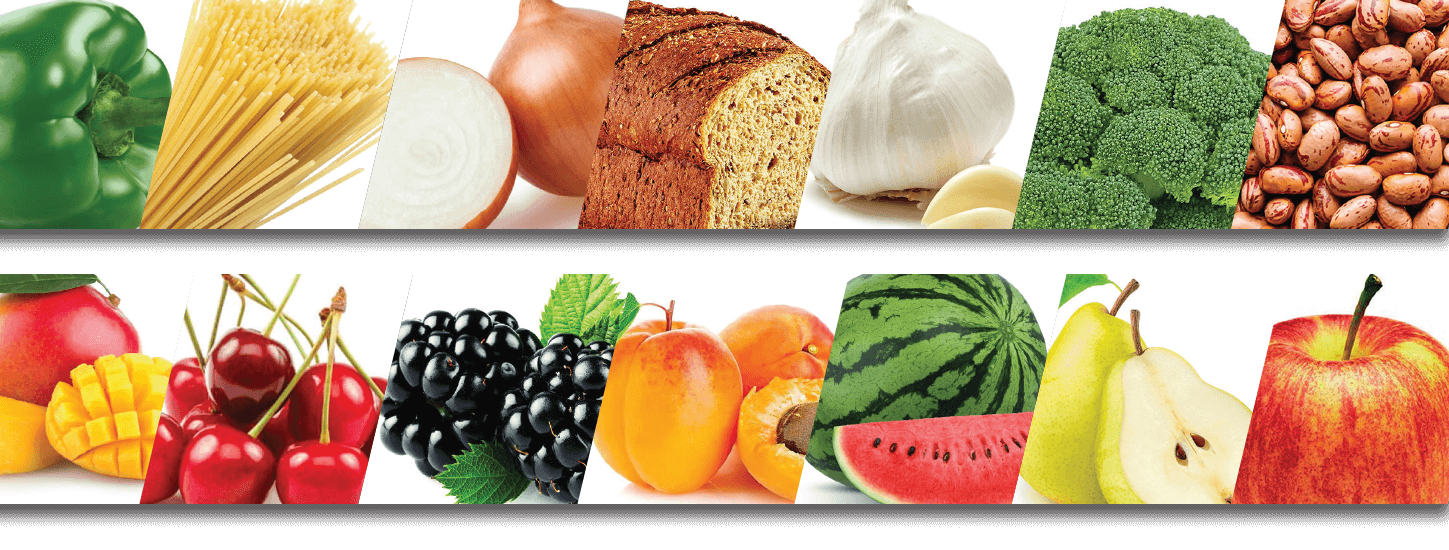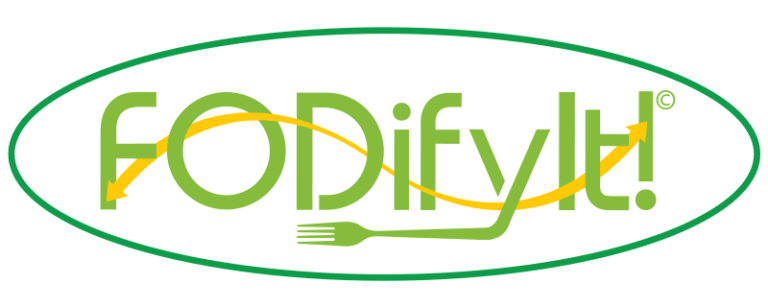What Are FODMAPs

If you are experiencing the telltale reoccurring symptoms of IBS – abdominal cramping and pain, bloating, stomach upsets, diarrhea and/or constipation, and gas — before beginning any change in your diet or trying a new health-related food plan, it is best to consult with a gastroenterologist first to rule out other conditions that may be causing IBS and digestive upsets. Also, working with a FODMAP registered dietitian will make the process easier for you.
WHAT ARE FODMAPs?
The best explanation comes from the Monash Team who developed the diet: www.monashfodmap.com
“FODMAPs are a group of sugars that are found naturally in foods that, for people with IBS, are not completely digested or absorbed in our intestines. When FODMAPs reach the small intestine, they move slowly, attracting water. When they pass into the large intestine, FODMAPs are fermented by gut bacteria, producing gas as a result. The extra gas and water cause the intestinal wall to stretch and expand. Because people with IBS have a highly sensitive gut, ‘stretching’ the intestinal wall causes exaggerated sensations of pain and discomfort.”
“Put simply, FODMAPs are a collection of short-chain carbohydrates (sugars) that aren’t absorbed properly in the gut, which can trigger symptoms in people with IBS. FODMAPs are found naturally in many foods and food additives.”
FODMAP is an acronym for Fermentable Oligosaccharides, Disaccharides, Monosaccharides and Polyols. These are the fermentable carbs (sugars) found in some foods and additives that, when removed from your diet or consumed in moderation can significantly improve the symptoms of IBS.
To learn more about the science behind FODMAPs, visit www.monashfodmap.com for explanations and examples of foods containing:
F = Fermentable gas forming foods and additives
O = Oligosaccharides: Fructans + GOS found in wheat, rye, garlic, onions, inulin, legumes, etc
D = Disaccharides: lactose in milk, yogurt, some soft cheeses, etc
M= Monosaccharides: Fructose found in honey, high fructose corn syrup, dried fruits, agave syrup, etc
A nd
P= Poloyols: sugar alcohols and artificial sweeteners such as sorbitol, mannitol, xylitol, some foods such as avocado and watermelon, sugar-free gum, etc
The Low FODMAP Diet is a 3-Phase plan of:
Elimination
Reintroduction
Maintenance and Personalization
For more information about these phases from the Monash FODMAP team, tap here.

